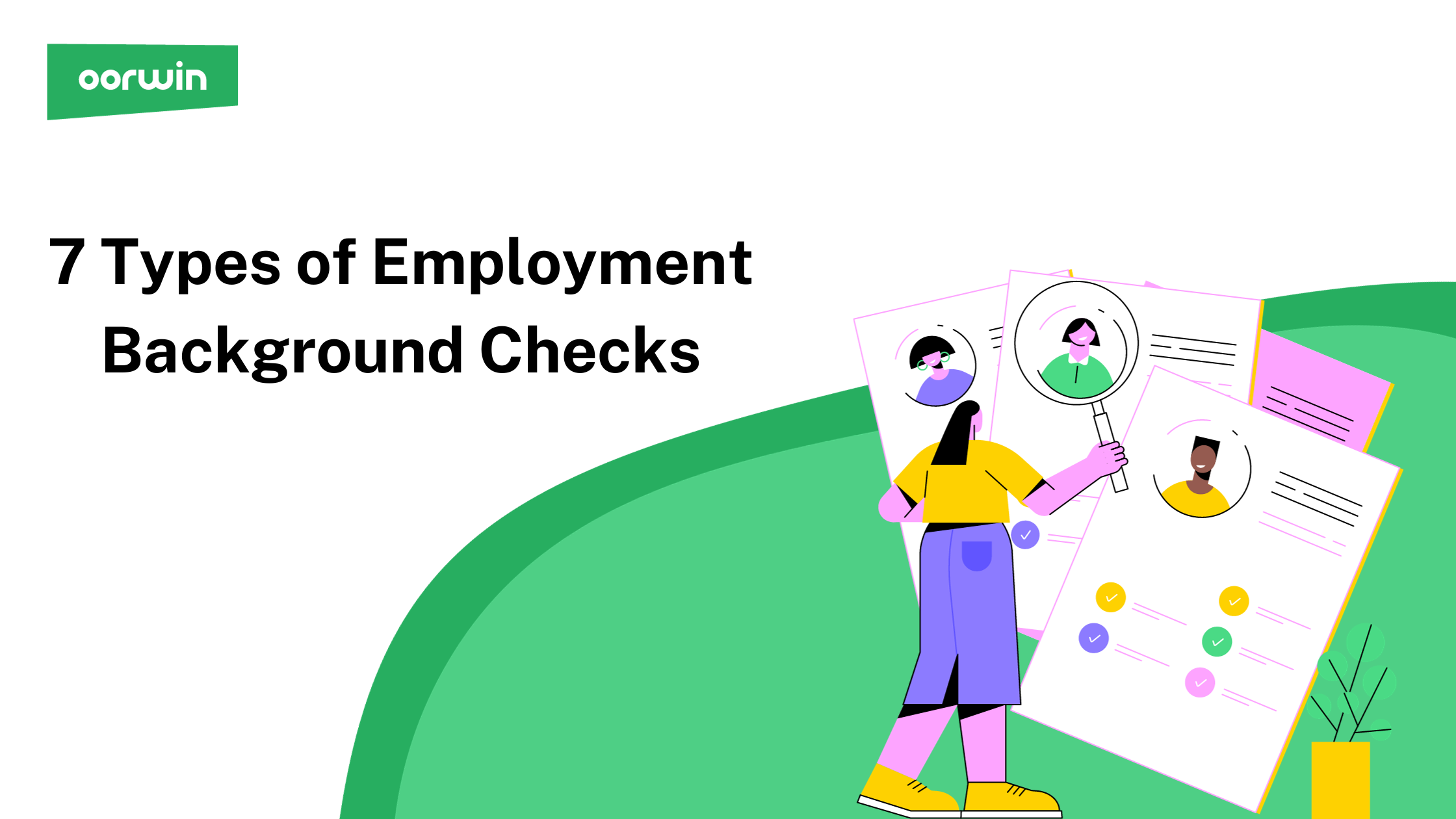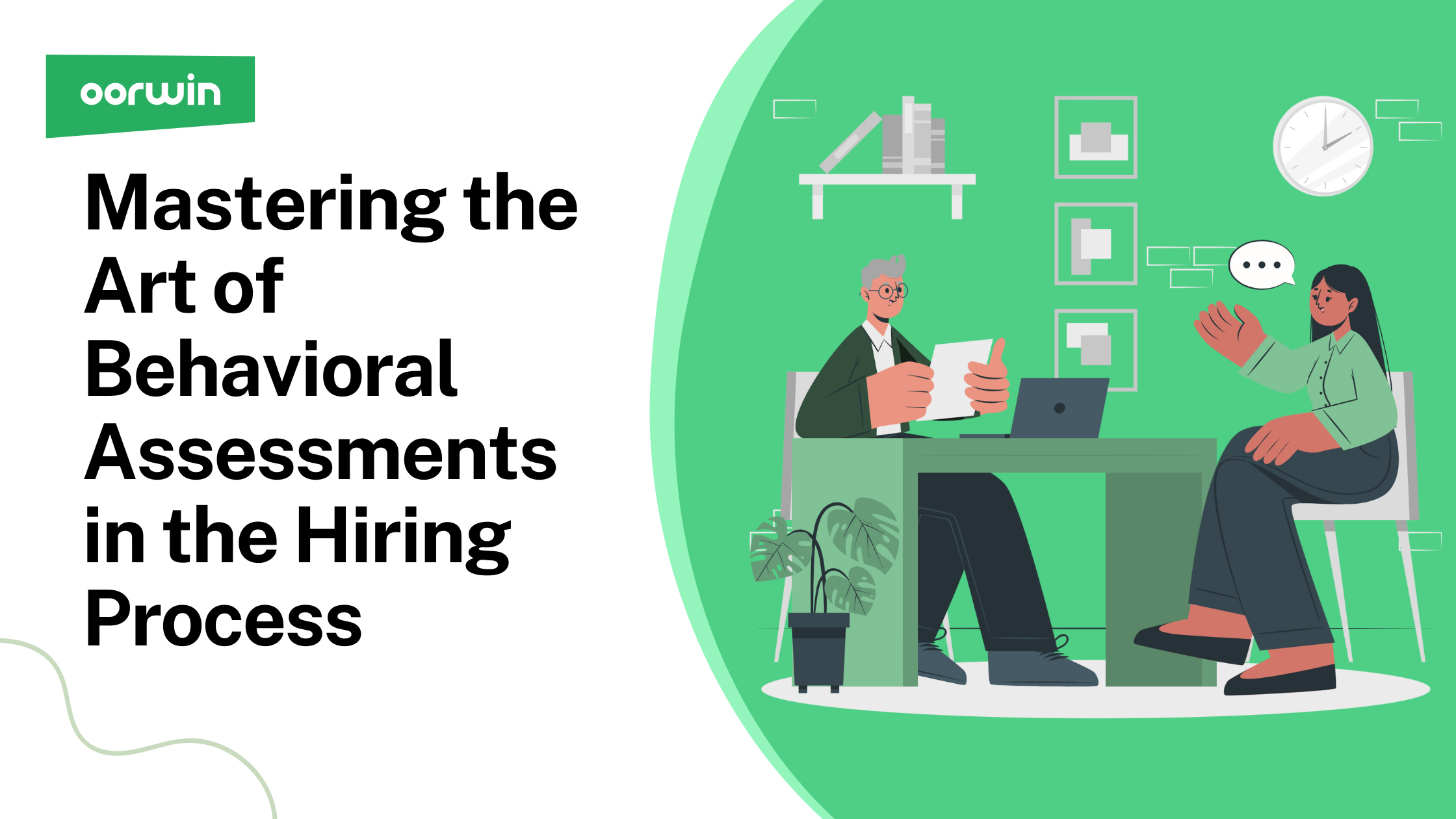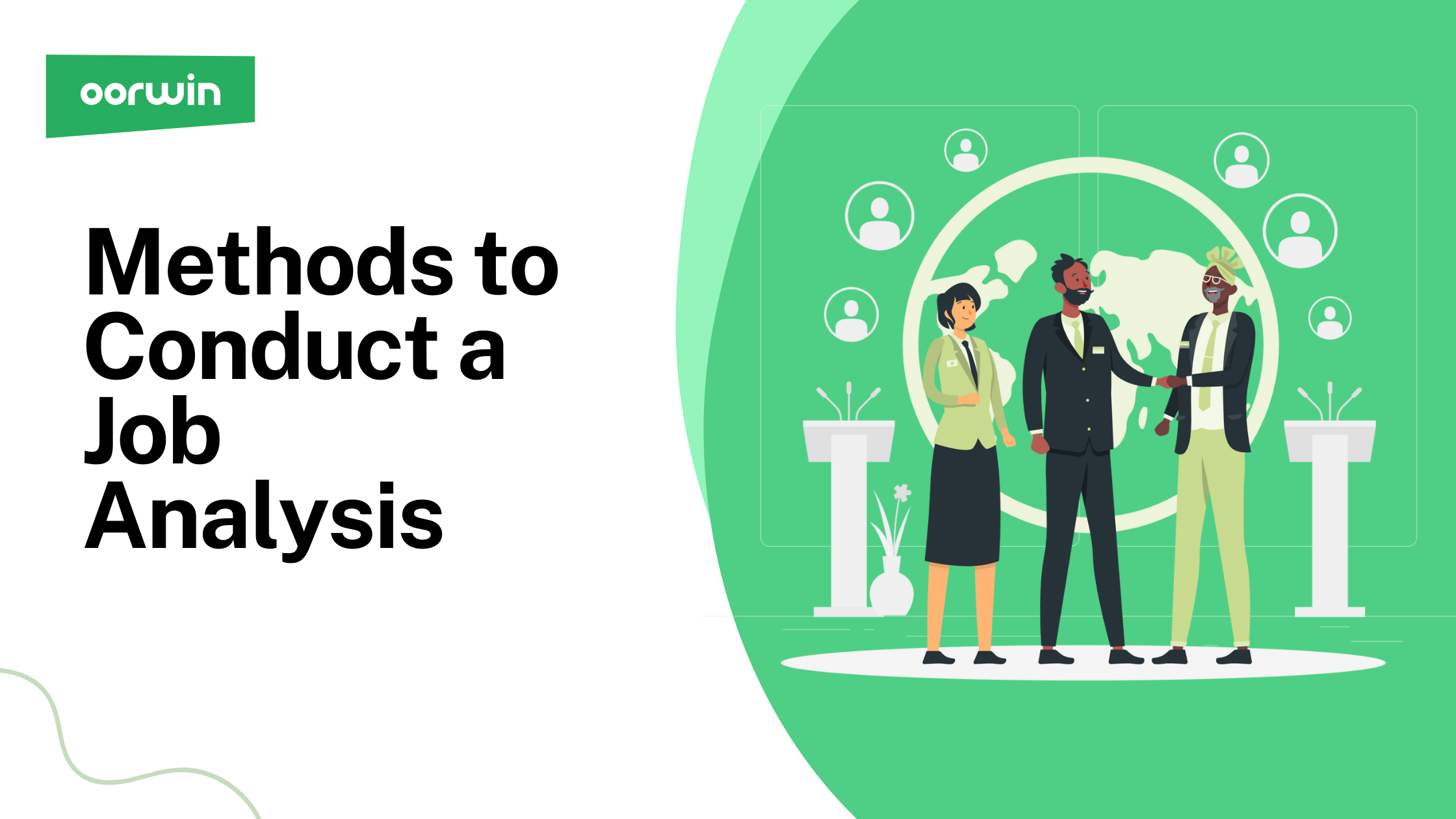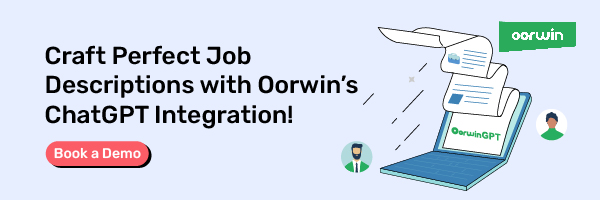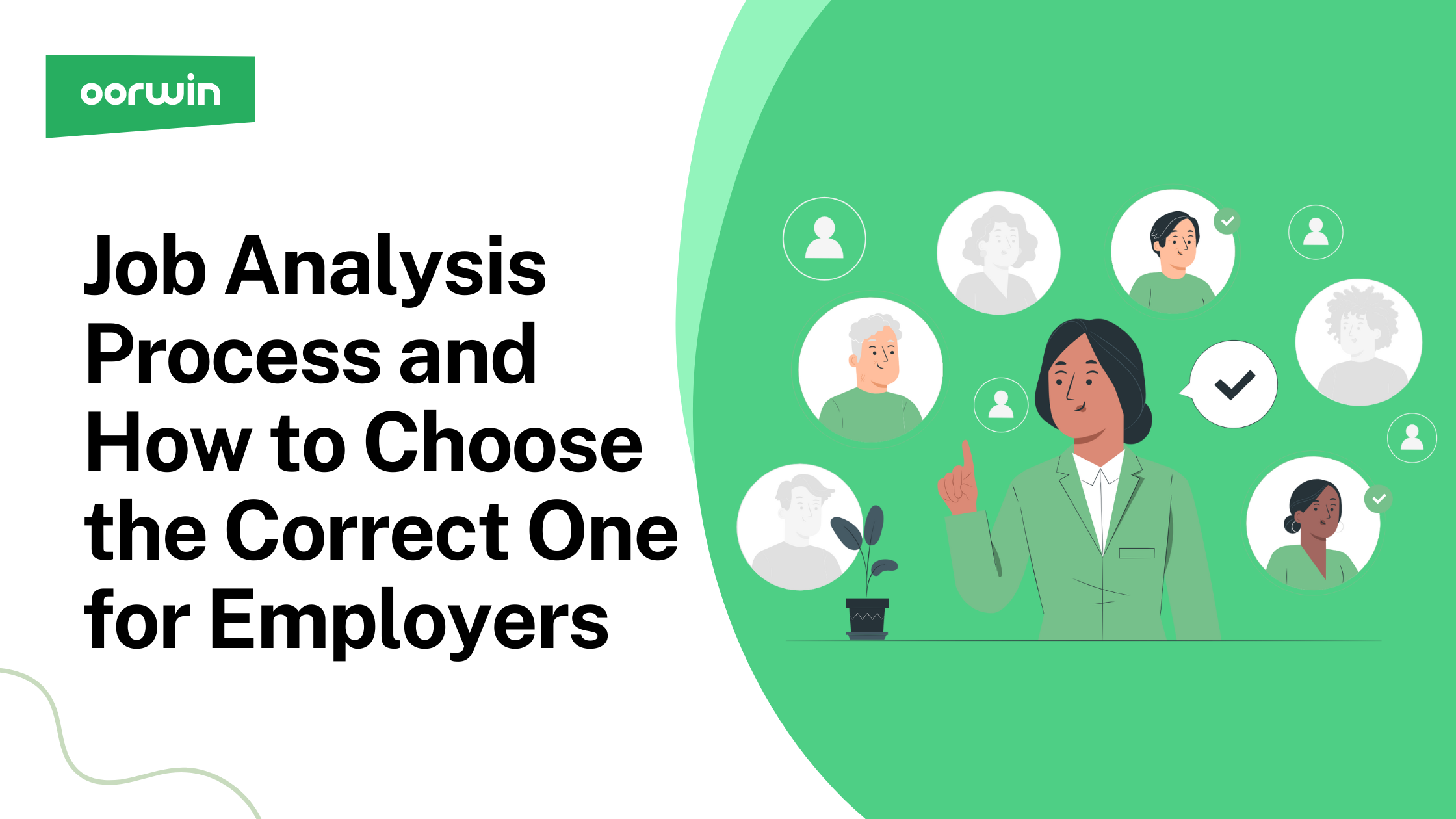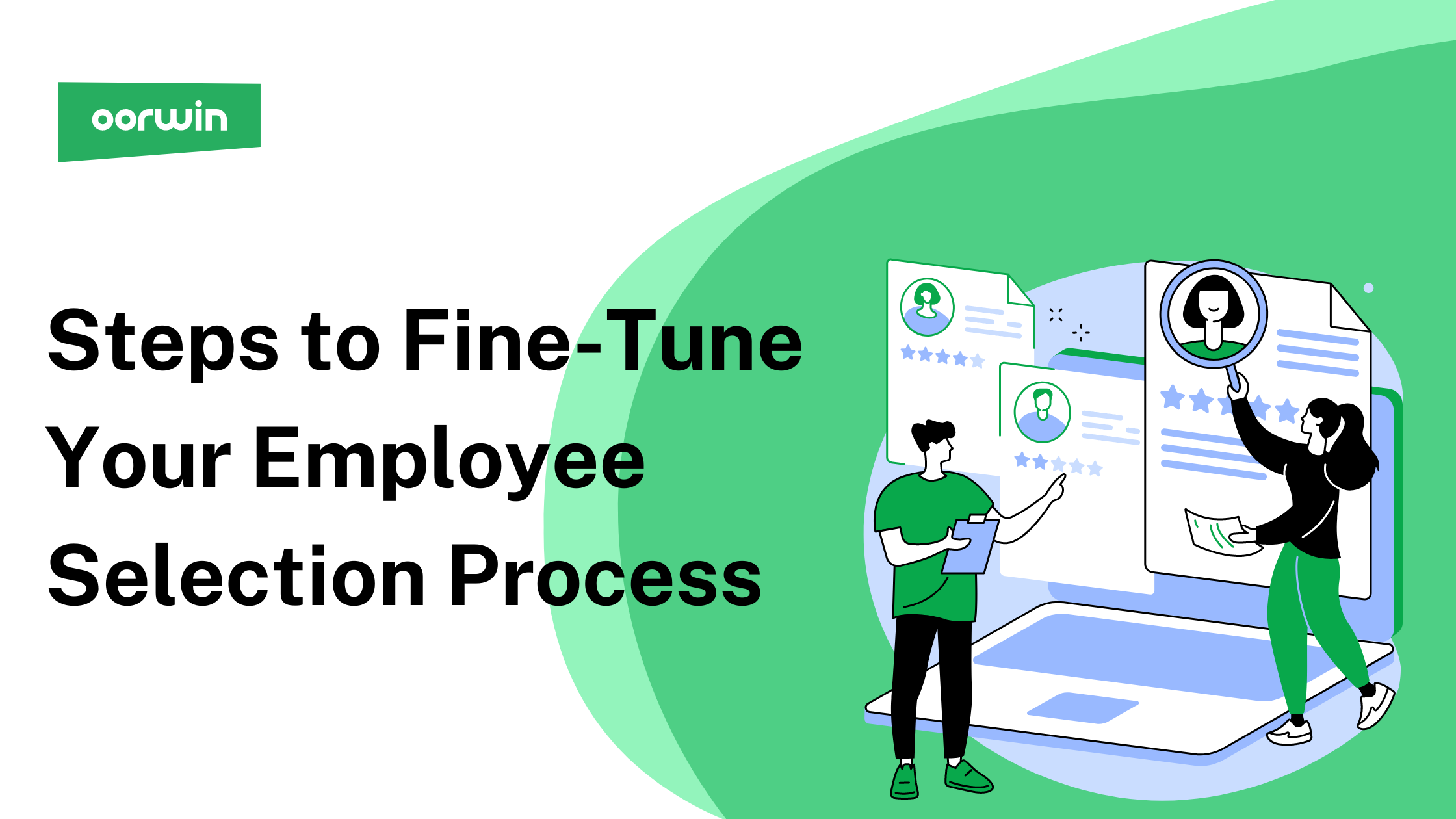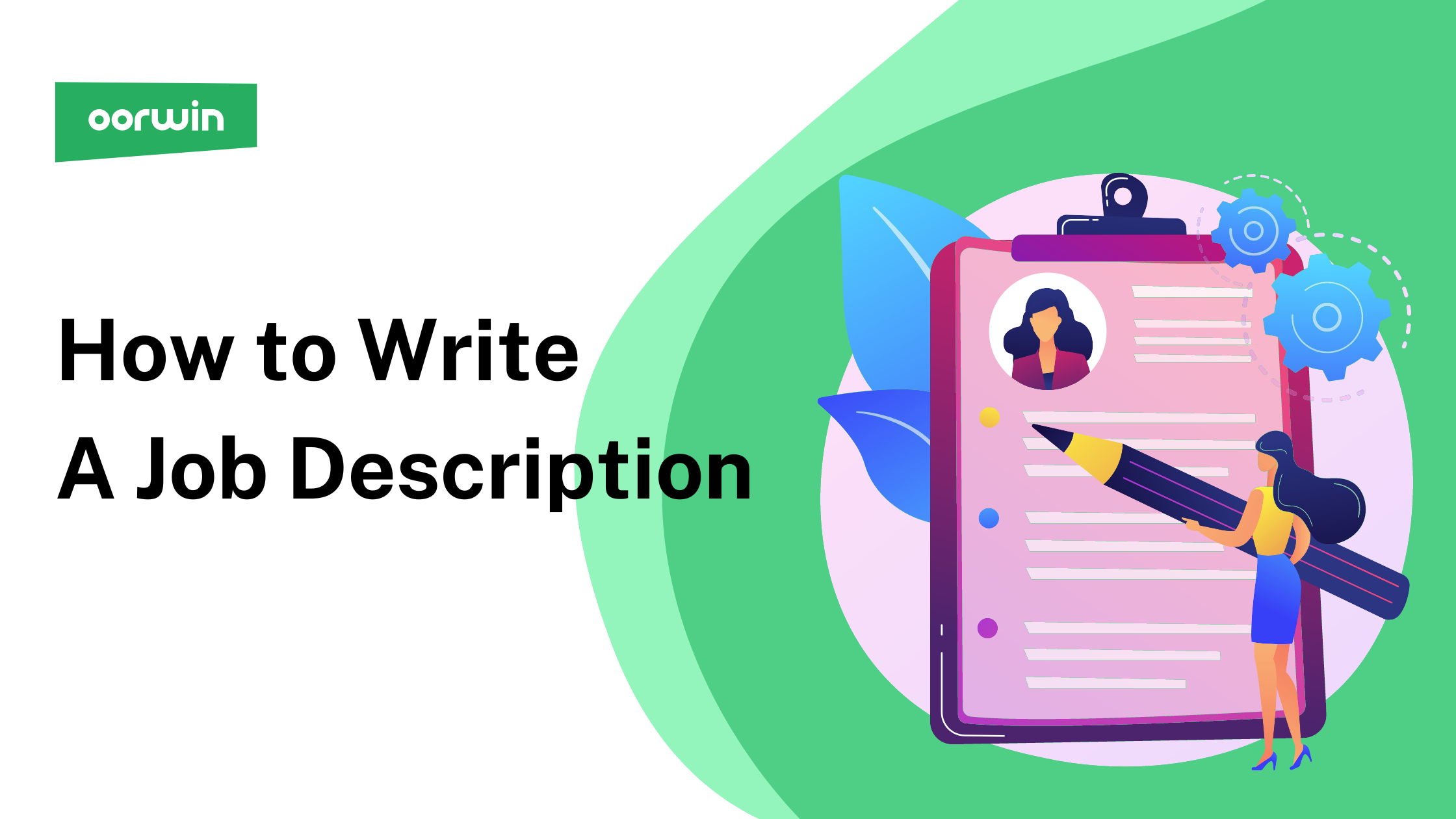Recruitment vs. Selection :Grasping the Difference
Both processes aim to bring in the best hiring, recruitment, and selection talent. Understanding the nuances of recruitment and selection is crucial for businesses to make informed hiring decisions. Let’s delve into the intricacies of each process and explore their impact on business outcomes.
What is Recruitment?
Recruitment is the initial phase of the hiring process, dedicated to attracting and sourcing potential candidates for job vacancies within an organization. It involves various methods to reach a diverse pool of applicants, such as job advertisements, networking, and referrals. Organizations utilize multiple recruitment sources to communicate job vacancies to achieve two essential functions:
- i) Identifying diverse sources of potential talent
- ii) Creating a pool of qualified applicants.
The two primary recruitment sources are Internal, where existing employees are considered for promotion or transfer, and External, where candidates from outside the organization are sought through job advertisements, networking, and referrals.
The Recruitment Process
The recruitment process involves a step-by-step process that can help find the most suitable candidates for further consideration. Let’s take a look at the process down below.
- Identifying job vacancies and defining job descriptions:
This initial step involves recognizing the need for new employees within the organization. Hiring managers and HR professionals work together to define clear job descriptions outlining the roles, responsibilities, required skills, qualifications, and experience for the vacant positions.
- Sourcing candidates through job portals, social media, and referrals:
Once the job vacancies and descriptions are established, recruiters use various channels to attract potential candidates. These include posting job openings on job portals, leveraging social media platforms for recruitment advertisements, and encouraging referrals from existing employees.
- Screening resumes to shortlist qualified candidates:
Recruiters review the received applications and resumes to shortlist candidates who match the specified criteria and possess the necessary qualifications. This step aims to create a manageable pool of potential candidates for further evaluation.
- Conducting interviews to assess skills and qualifications:
Shortlisted candidates are invited for interviews, where their skills, qualifications, and suitability for the role are assessed. The interview process may include multiple rounds to delve deeper into the candidate’s abilities and cultural fit within the organization.
- Selecting the most suitable candidates for the next stage:
After thoroughly assessing and comparing candidates, the most promising individuals are chosen to proceed to the next step of the hiring process. Depending on the organization’s procedures, this may include additional assessments, reference checks, or final interviews before making the job offer to the chosen candidate.
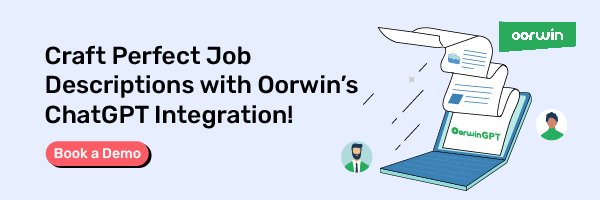
What is Selection?
Selection is the crucial phase of the hiring process, aimed at carefully evaluating and choosing the best-fit candidates for specific job positions. The selection process assesses the candidates’ qualifications, skills, experience, and cultural alignment with the organization through assessments, interviews, and reference checks. It aims to identify the most suitable individual who can contribute effectively to the company’s success and growth.
Steps Involved in the Selection Process
The selection process comprises several crucial steps that help organizations make informed hiring decisions.
- Administering various assessments and tests:
Candidates may be required to undergo aptitude tests, skill assessments, or personality evaluations to gauge their suitability for the role and verify their claimed abilities.
- Checking references and verifying backgrounds:
Employers provide references and conduct background checks to validate the candidate’s work history, qualifications, and any other relevant information.
- Conducting further interviews with key decision-makers:
Key stakeholders, including department heads or senior management, often interview shortlisted candidates to ensure a well-rounded evaluation.
- Making a final job offer to the chosen candidate:
After completing all evaluations and assessments, the organization extends a formal job offer to the most suitable candidate, negotiating terms and conditions as needed.

Recruitment vs Selection: The Distinction
Although often used interchangeably, recruitment and selection are distinct processes with different definitions, objectives, scope, order, and methods.
Purpose and Objective
Recruitment aims to attract a diverse and qualified pool of potential candidates for job vacancies within the organization. Its objective is to source and engage individuals with the necessary skills and qualifications to effectively meet the company’s staffing needs. By reaching out to a wide range of candidates through various channels, recruitment ensures a competitive selection process, identifying the most suitable candidates for subsequent hiring stages.
Methods and Techniques
Various methods and techniques are utilized in the selection process to assess candidates’ suitability for the job. They include conducting structured interviews to evaluate their skills, knowledge, and experiences. Aptitude tests and job-specific assessments provide insights into their abilities and problem-solving capabilities. Reference checks and background verification help confirm accuracy. Organizations can make informed decisions through a thorough and well-rounded approach, selecting the most qualified and compatible candidates to join their workforce.
Outcomes and Evaluation
The outcomes and evaluations of the recruitment and selection processes are crucial to building a solid workforce. The recruitment process should result in a diverse pool of applicants, ensuring a wide range of talent for selection. Evaluating recruitment success involves assessing the number and quality of applicants and hiring the most suitable candidate. Evaluation includes reviewing assessments, interviews, and decision-making processes to ensure fair and objective selection.
For a clear understanding, lets look at a table with clear differences between recruitment and selection-
| Recruitment |
Selection |
| Recruitment is the active process of seeking and attracting job applicants. |
Selection is the process of picking the right candidates from those who’ve been shortlisted. |
| The goal of recruitment is to expand the pool of candidates. |
The aim of selection is to narrow down the pool of candidates to the most suitable one. |
| Recruitment invites individuals to apply for an open position. |
In selection, HR moves forward with potential candidates and dismisses others. |
| The job is advertised during recruitment to encourage applications. |
During selection, the final decision is made to hire a specific candidate for the job. |
| Recruitment is the initial step in the hiring process. |
Selection is the subsequent phase following recruitment in the hiring sequence. |
| Recruitment is a cost-effective process. |
Compared to recruitment, the selection process is more expensive. |
| Recruitment involves no contractual obligations. |
Selection results in a contractual relationship between the employer and the chosen employee. |
5 Popular Recruitment Methods
Recruitment methods are diverse strategies used to attract potential candidates for job openings. They play a key role in ensuring a rich pool of talent for the organization. Here are five popular recruitment methods:
Employee Referrals
Employee referral programs incentivize current staff to recommend acquaintances for open roles. When these referrals lead to hires, the referring employee often receives a monetary reward. This approach is cost-efficient, leveraging the insight of existing employees to identify candidates who possess the necessary skills and fit the company culture.
Talent Pool Databases
Building a talent pool database involves storing resumes from prospective candidates who align with the company’s ethos. These candidates might have applied previously or expressed interest before an opening was available. When new positions arise, this database serves as a resource to identify and reach out to interested and qualified candidates quickly.
Recruitment Events and Job Fairs
Participating in job fairs and recruitment events is an effective way to engage with many potential candidates. These events are particularly useful for filling multiple roles, providing an opportunity to meet candidates face-to-face and communicate the company’s values and job specifics. They are particularly beneficial for recruiting entry-level positions.
Social Media Channels
Leveraging social media for recruitment allows companies to advertise vacancies to a broad audience, including those already familiar with the brand. Posting job openings on company profiles and industry-specific groups can attract candidates with relevant knowledge and skills.
Job Boards
Job boards are a widely used platform for posting job vacancies. Popular job boards include- Monster, Dice, Snaprecruiter,and CareerBuilder, which have features like detailed job descriptions, including company information, roles, responsibilities, and qualifications, are published to attract suitable candidates. Although there might be initial costs, job boards can streamline recruitment and save time.
5 Popular Selection Methods
Selection methods are crucial in identifying the best candidate for a role. They assess candidates’ qualifications, skills, and compatibility with the company culture. Here are five popular selection methods:
Application Screening
Screening applications is the first step in the selection process. It involves reviewing candidates to ensure they meet the basic requirements, such as legal work eligibility, education, and relevant experience. Many companies use Applicant Tracking Systems (ATS) to filter applications based on specific criteria efficiently.
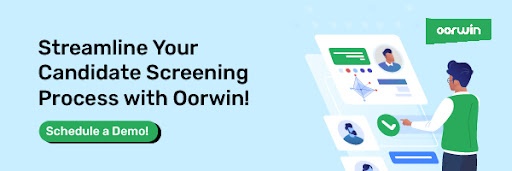
Skills Assessments
Skills tests are often part of the initial application process, especially for roles requiring specific technical abilities. For example, a programming role might require candidates to take an online test assessing their proficiency in various programming languages. Passing these tests is typically a prerequisite for advancing in the selection process.
Psychometric Tests
Psychometric tests assess a candidate’s personality, integrity, and cognitive abilities. They help determine an applicant’s suitability for a role and alignment with company culture. These tests vary widely, but commonly focus on aspects that are crucial for job performance and team fit.
Employment Interview
The employment interview is a more formal and in-depth stage, where candidates are asked detailed questions about their skills, experience, and industry knowledge. This stage is crucial for understanding candidates’ capabilities and how they might fit within the team and company culture.
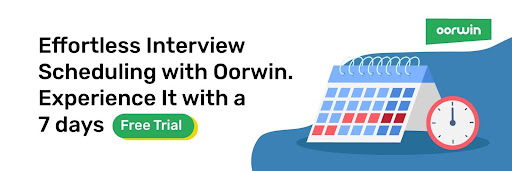
Reference and Background Checks
In this stage, hiring managers conduct reference checks by contacting a candidate’s previous employers, supervisors, or colleagues. This approach provides insights into the candidate’s work ethics and professional behavior. Additionally, background checks are performed to confirm the accuracy of information provided by the candidate, such as educational qualifications and certifications.
The Impact of Recruitment and Selection on Business Outcomes
A robust recruitment and selection process enables hiring top talent, fostering future growth. Effective hiring enhances retention, productivity, and financial performance.
Influence on Workforce Quality
A well-executed recruitment and selection process ensures a high-quality workforce by attracting skilled and competent individuals. Hiring the right talent enhances team dynamics, boosts productivity, and fosters a culture of excellence within the organization, contributing to overall success.
Effect on Company Culture
An effective recruitment and selection process that aligns candidates with the company’s values and vision cultivates a positive and cohesive company culture. Employees who resonate with the culture are more engaged, leading to increased collaboration, higher job satisfaction, and better retention rates.
Impact on Business Performance
A strategic recruitment and selection approach significantly impacts business performance. Hiring candidates with the right skills and cultural fit positively influences employee productivity, innovation, and motivation, resulting in improved overall business outcomes and a competitive edge in the market.
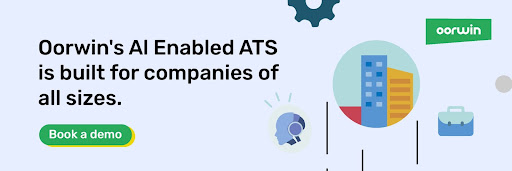
Best Practices for Effective Recruitment and Selection
Mastering best practices in recruitment and selection is crucial for building a successful workforce. Streamlining strategies and enhancing selection techniques ensure attracting top talent and making informed hiring decisions.
Breakdown your Recruitment Process into Measurable Steps
Efficient recruitment strategies involve defining precise job requirements, leveraging various sourcing channels, and utilizing applicant tracking systems. Streamlining the process enhances candidate engagement, reduces time-to-fill vacancies, and attracts a diverse pool of qualified candidates, optimizing the recruitment workflow.
Ready to streamline your recruitment process? Check out Oorwin’s advanced recruitment software for seamless candidate management and talent acquisition.
Enhancing Selection Techniques
Enhancing selection techniques involves structured interviews, behavioral assessments, and skills-based evaluations. Incorporating technology-driven tools and involving multiple stakeholders ensures objective decision-making and a comprehensive review of candidates. Strengthening selection practices leads to identifying the best-fit candidates, reducing turnover, and improving long-term organizational performance.
Make data-driven hiring decisions with Oorwin’s seamless integrations with various video interview and assessment tools.

Frequently Asked Questions
What are the main goals of recruitment and selection?
Primary goals of recruitment and selection: Attracting qualified candidates, assessing their suitability, and hiring the best fit for the organization’s needs.
How do recruitment and selection affect the quality of a workforce?
Recruitment and selection impact workforce quality: They ensure skilled and suitable individuals are hired, leading to a competent and productive workforce.
What technological tools can enhance recruitment and selection processes?
Technological tools for recruitment and selection: AI-based applicant tracking systems, video interviews, and online assessments streamline processes and improve efficiency.
